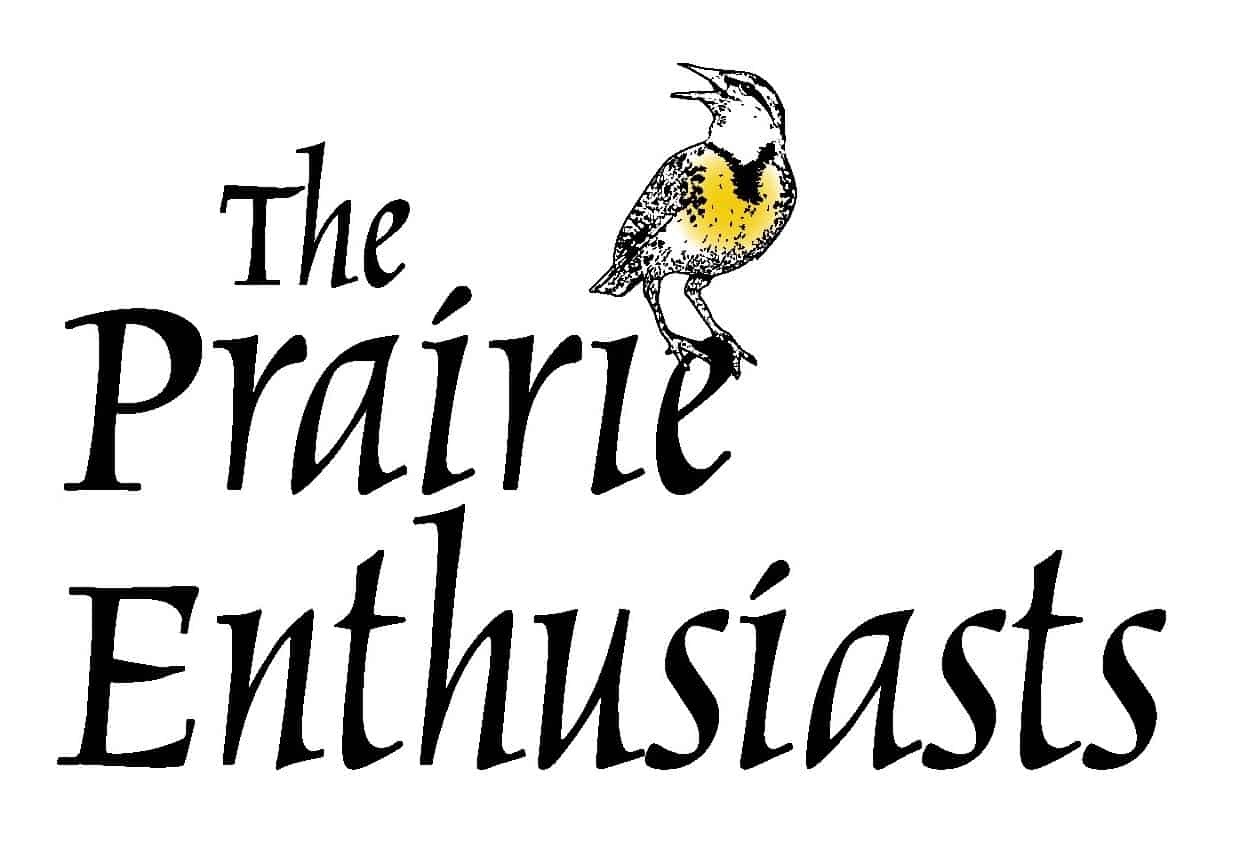The new Landowner Services program is up and running, and though the program is in its early days, it’s already yielding some noteworthy botanical finds and conservation opportunities. Given the myriad threats that our natural communities face and the pervasive, visibly obvious distress of the landscape, I’m heartened to come across irreplaceable elements of biodiversity hanging on—sometimes even thriving.
Early visits have already yielded excellent opportunities to conserve and restore two remnant southern sedge meadows, two remnant dry prairies, a calcareous fen, two oak savannas, and a xeric oak woodland. I’m encouraged by the curiosity and dedication of landowners, and I feel very fortunate to have stepped into a position where I get to support people in their critical work of carrying forward our natural heritage.

Southern sedge meadow remnant at the Nayar property in Iowa County, WI. (Photo by Dan Carter)

Southern sedge meadow and calcareous fen at the Holtz Farms property in Waukesha County, WI. Calcareous fen here is distinguished by abundant sterile sedge (Carex sterilis), shrubby cinquefoil (Dasiphora fruticosa), northern bog violet (Viola nephrophylla), and swamp thistle (Cirsium muticum). (Photo by Dan Carter).

Left to right: Barb Holtz, Alice Mirk, Walter Mirk, and Dan Carter in front of oak savanna at the Holtz Farms property in Waukesha County, WI. (Photo by Beth Gastineau)

Remnant dry prairie recently cleared of red cedar and other woody vegetation at the Procknow property in Iowa Couty, WI. This remnant prairie supports short green milkweed (Asclepias viridis), wood lily (Lilium philadelphicum), Richardson’s sedge (Carex richardsonii), prairie turnip (Pediomelum esculentum), and many other prairie species. (Photo by Dan Carter)
For the plant nerds among us, I’ll expand on this a bit by delving into sedges. Sedges often have an awful lot to say about the history and potential of a place. Our regional sedge biodiversity and the specialization among our species are astounding, and to know only the sedges in their largest genus (Carex) is on par numerically with knowing all of our regional breeding birds. Already, I’ve had a few pleasant sedgey surprises.
The first was at the seepy margin of a southern sedge meadow in Iowa County. A few years ago, Pat Trochlell told me about smooth-sheathed sedge (Carex laevevaginata), a rare sedge that had been found in Iowa, Dane, and Monroe counties. This Wisconsin-endangered sedge has only been collected eight times in the State, and is nearly identical to the very common awl-fruited sedge (Carex stipata), with which it often occurs. I’d been looking out for it since that time to no avail. Serendipitously, a large population in the hundreds or more, potentially the largest population in Wisconsin, turned up on my second landowner services site visit.


Smooth-sheathed sedge from the southern sedge meadow at the Nayar property. Left: Inflorescence similar to awl-fruited sedge. Right: The thickened, intact summit of the leaf sheath, which lacks a distinctive cross-wrinkling pattern like corrugated cardboard, distinguishes this species from otherwise similar sedges. (Photos by Dan Carter)
The second is a species that I’m astounded to have seen twice already. Savanna sedge (AKA Swan’s sedge, Carex swanii), is a Wisconsin special concern species. Like smooth-sheathed sedge, it has very few occurrences in Wisconsin (nine collections from seven locations). Unlike smooth-sheathed sedge, savanna sedge is very distinctive. It’s covered with hairs, and there are very few hairy sedges, particularly among those that grow in uplands and have narrow leaf blades. In Wisconsin, savanna sedge is found mostly in the southeast, but also in the Central Sand Hills ecoregion, where it typically occurs in sandy savannas, often just above wetlands. I wasn’t too surprised, then, to find some in a sandy savanna above the transition to a degraded alder-carr in Waukesha County. I was, however, caught completely off-guard when I came across savanna sedge again just a couple weeks later with Jim Rogala while visiting his property in La Crosse County. There savanna sedge grows on a sandy hillslope cleared of sumac just below a remnant hill prairie, which Jim has been working to expand. This natural occurrence is over one hundred miles from the nearest known occurrences to the east and south. Our understanding of natural species ranges is a work in progress.

Savanna sedge at the Rogala property in La Crosse County, WI. (Photo by Dan Carter)
Other botanical highlights include the Wisconsin-endangered purple milkweed (Asclepias purpurascens, two separate properties in Grant County, WI), Wisconsin special concern purple-stem cliff-brake fern (Pellaea atropurpurea, Grant County, WI), clasping milkweed (Asclepias amplexicaulis, Trempealeau County, WI), Richardson’s sedge (Carex richardsonii, Iowa County, WI), eastern prickly pear cactus (Opuntia cespitosa, Grant County, WI), and a good population of short green milkweed (Asclepias viridflora, Iowa County, WI). A site visit also led to the detection and control of an occurrence of the highly invasive Chinese bushclover (Lespedeza cuneata) in Waukesha County, WI.

Left: Chinese lespedeza (AKA sericea lespedeza, Lespedeza cuneata) invading an old hay field in Waukesha County. Right: a close-up of stem and leaves. The native round-headed bush clover
(Lespedeza capitata) branches much less when fully mature and has larger leaves and leaflets. The rare native prairie bush clover (Lespedeza leptostachya) has much narrower leaflets. Keep an eye out for this one. (Photos by Dan Carter)
I’m looking forward to what future visits have in store. If you are interested in a landowner services site visit to your property, don’t hesitate to contact me (landowners@theprairieenthusiasts.org).

